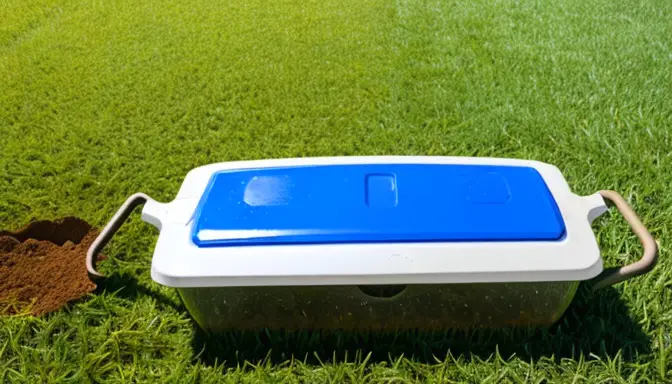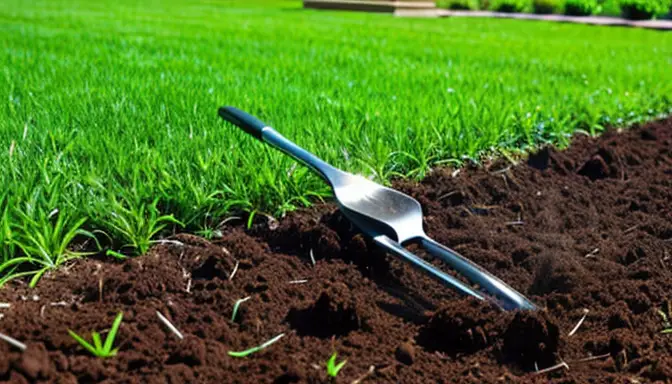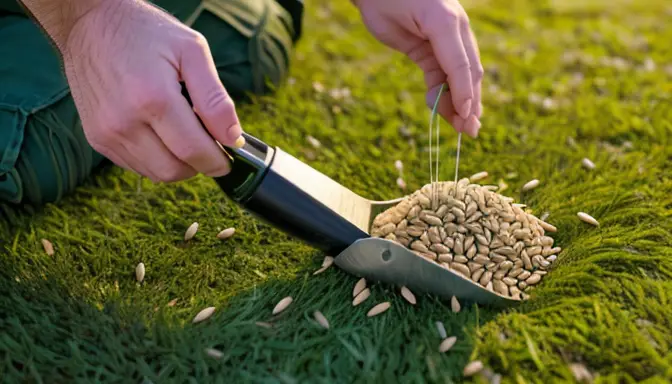Planting grass seed after treating for grubs is a crucial step in restoring the health and beauty of your lawn. Once you have effectively dealt with the grub infestation, it’s time to focus on rejuvenating your grass and promoting new growth. By following a systematic approach, you can ensure that your lawn thrives and remains resilient against future threats.
First and foremost, assess the condition of your soil post-treatment. Clear any debris and ensure proper aeration to create an optimal environment for the grass seed to germinate. Adding organic matter can further enhance soil quality, providing essential nutrients for healthy growth.
When selecting the grass seed, consider factors such as your lawn type, climate, and sunlight exposure. Different grass species have varying maintenance requirements, so choose a seed that aligns with your preferences and environmental conditions.
For successful planting, follow recommended seeding techniques. Whether you opt for broadcasting or spot seeding, ensure even coverage to promote uniform germination. Establish a consistent watering schedule to keep the soil moist but not waterlogged.
Post-planting care is equally important. Regular watering, mowing at the correct height, and fertilizing as needed are essential for nurturing young grass and establishing a lush lawn. Keep an eye out for any signs of pests or diseases, addressing them promptly to maintain the health of your lawn.
Understanding Grubs and Their Impact on Lawns
Grubs, those underground troublemakers, can wreak havoc on your once lush lawn without you even realizing it. These sneaky pests feast on grass roots, causing unsightly brown patches and hindering healthy growth. Understanding their life cycle and habits is like uncovering a secret plot against your lawn’s well-being. It’s like being a detective, but instead of solving crimes, you’re saving your grass from destruction.
Imagine your lawn as a bustling city, with grubs as the hidden villains plotting to undermine its prosperity. Signs of their presence include yellowing or wilting grass, turf that feels strangely spongy underfoot, or the telltale marks of birds and skunks digging for their grubby feast. Detecting these signs early is like catching the bad guys before they can do real damage.
When it comes to dealing with these lawn pests, you have an arsenal of options at your disposal.
It’s like preparing for battle, choosing your weapons wisely based on the size of the enemy forces and the lay of the land.From deploying insecticides to enlisting the help of nematodes or natural predators, there are strategies to combat the grub invasion..



